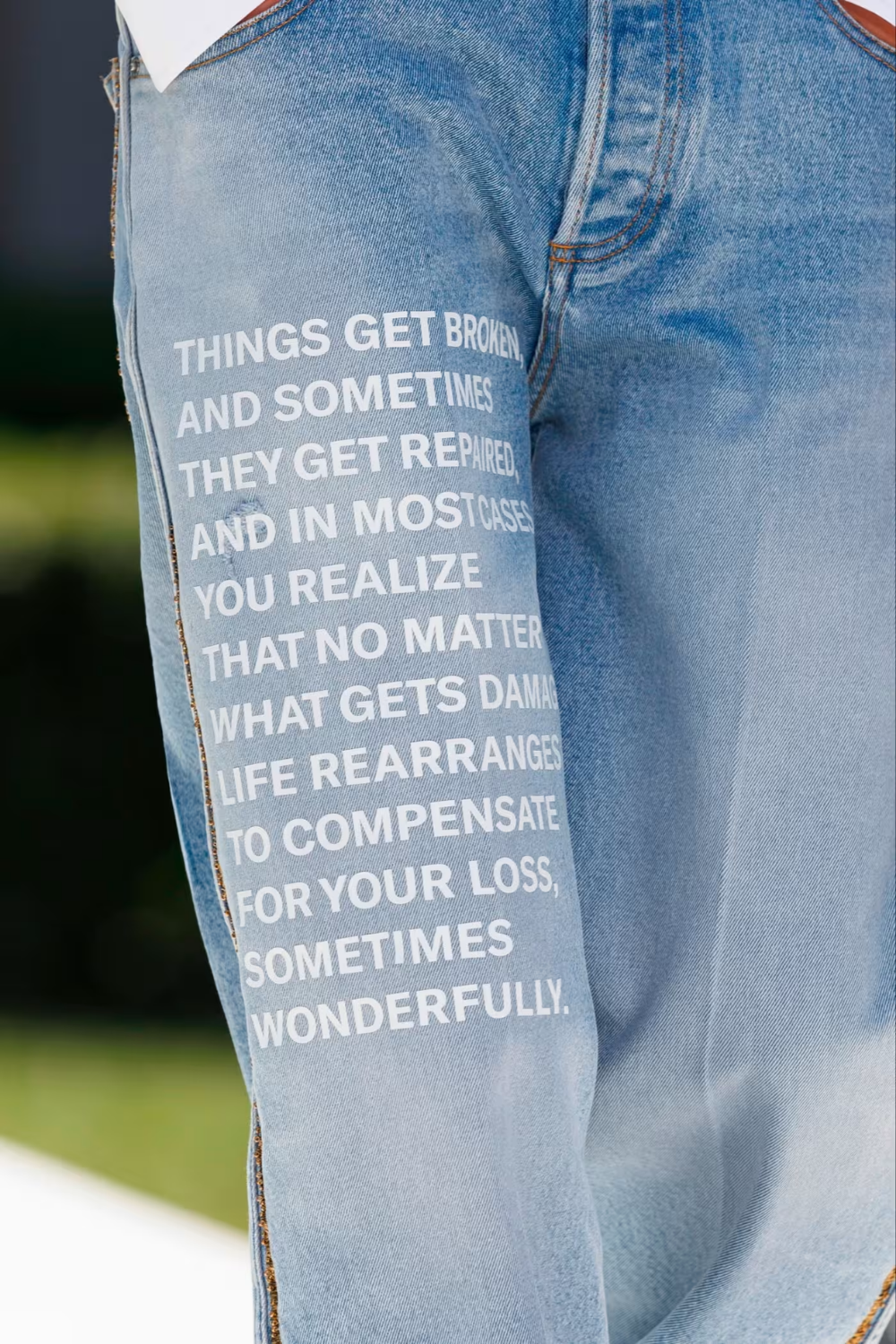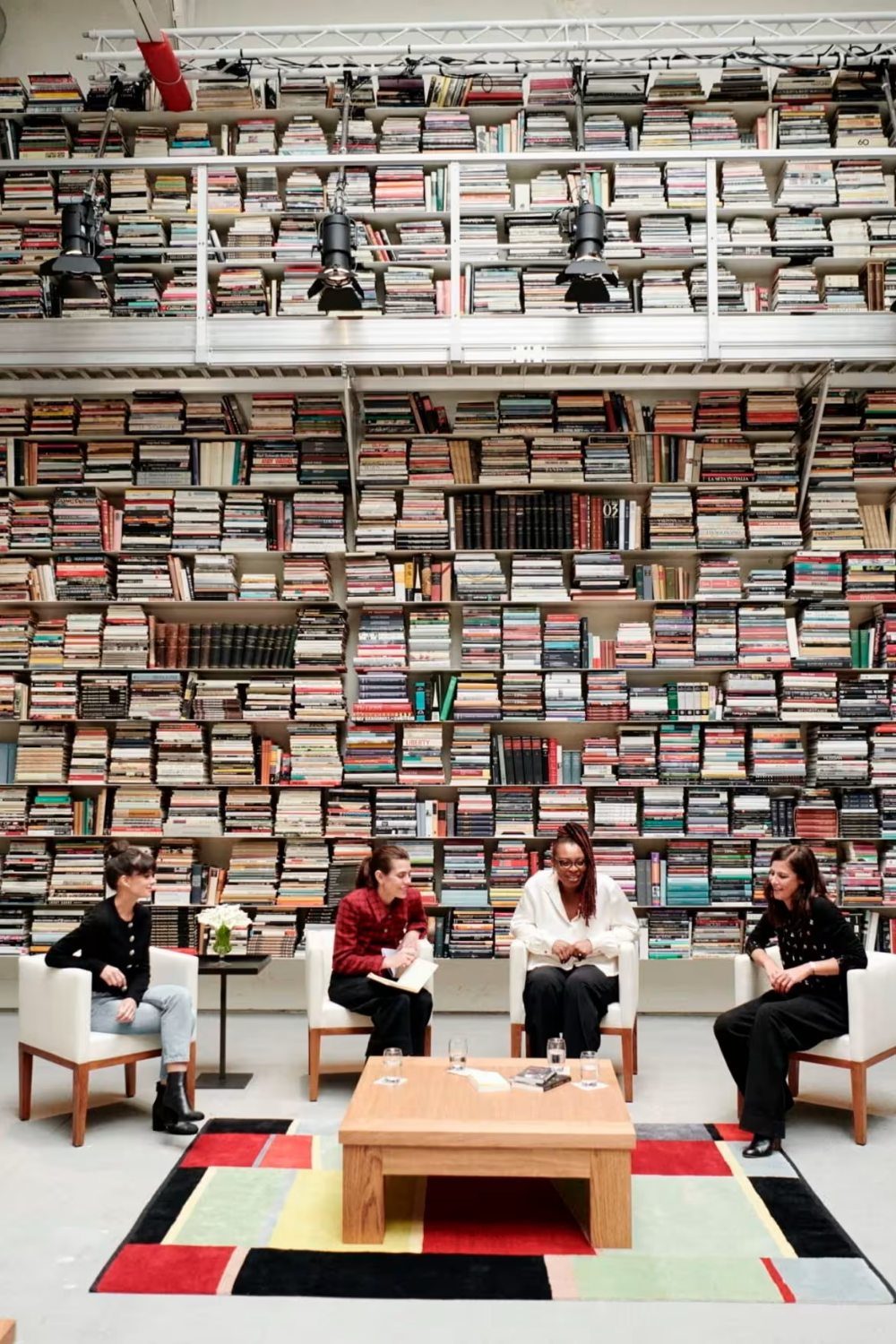In the ever-evolving world of fashion, a new trend is emerging that goes beyond the visual to touch the very soul of culture: the fusion of fashion with literature. This phenomenon is not merely about aesthetic appeal but about a deeper connection with the narratives, emotions, and intellect that books offer. As designers weave textual elements from beloved novels into their collections, they open a dialogue with the literary world, creating garments that are not just to be worn but to be read and interpreted.
Valentino's latest menswear collection, adorned with passages from Hanya Yanagihara’s "A Little Life," exemplifies this trend, transforming the act of dressing into an immersive literary experience. Anna Sui's homage to Agatha Christie and Virginia Woolf, presented in the Strand's Rare Book Room, blends fashion with literary history, offering a grungy yet sophisticated nod to Bloomsbury quirkiness. Chanel's collaboration with writers and actors in their Métiers d’art show and podcast series further underscores the deepening ties between fashion and literature, proving that the power of storytelling extends beyond the page.

Beyond the runway, the trend permeates interior design with the "bookshelf wealth" aesthetic, where the presence of books as design elements speaks to a desire for intellectual as well as visual richness. However, this intersection of fashion and literature is not without its critics, who argue that reducing books to mere accessories diminishes their value. Yet, the prevailing sentiment is one of celebration—a recognition of books' role in inspiring creativity and fostering a connection with the arts.
Historically, the relationship between fashion and literature has been rich and multifaceted. Iconic figures like Coco Chanel and Truman Capote have shown that fashion and writing share a common language of expression and innovation. Today, this relationship is entering a new chapter, with fashion houses like Saint Laurent and initiatives by figures such as Sarah Andelman, exploring the role of bookstores and publishing in cultivating a culture of reading and creativity. These spaces not only sell books but serve as cultural hubs, inviting dialogue, inspiration, and a shared love for the arts.

The fusion of fashion and literature signals a shift towards more thoughtful, narrative-driven design. It represents a desire within the fashion industry to engage with the world intellectually and emotionally, offering consumers not just a product but an experience that enriches the mind and soul. As we move forward, this trend underscores the timeless appeal of storytelling and its power to connect, inspire, and transform, bridging the gap between the tactile world of fashion and the boundless realms of literature.
In embracing this trend, the fashion industry reaffirms its commitment to sophistication, creativity, and the art of storytelling, offering a reminder that fashion, at its best, is about more than just clothes—it's about the stories we wear and the ones we live by.







